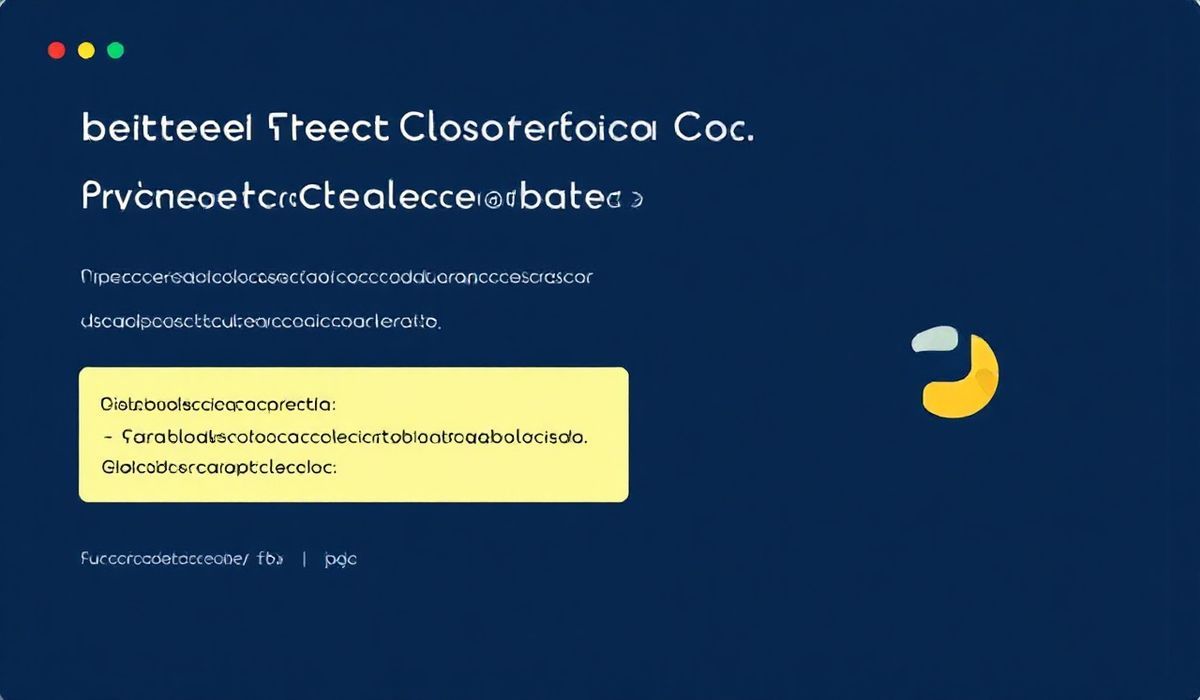Introduction to Zope: An Open-Source Web Framework
Zope is a powerful, open-source web application framework written in Python. Its ability to handle complex tasks and its unique object database (ZODB) make it one of the most versatile frameworks for web developers. Zope helps you quickly build dynamic websites and applications with ease. If you’re a Python developer looking for efficiency, functionality, and scalability, Zope is an excellent choice.
Key Features of Zope
- Object-oriented publishing
- Zope Object Database (ZODB)
- Template rendering using Zope Page Templates (ZPT)
- Pluggable authentication and authorization system
- Component architecture for reusable software systems
Exploring APIs in Zope
Zope makes several dozen useful APIs available for developers, ranging from simpler operations to complex functions. Let me walk you through some of the most useful APIs.
1. ZODB (Zope Object Database)
ZODB is a robust, object-oriented database that allows developers to manage data without needing an object-relational mapper. Here’s a basic example:
from ZODB import FileStorage, DB
import transaction
# Setting up ZODB
storage = FileStorage.FileStorage('data.fs')
db = DB(storage)
connection = db.open()
root = connection.root()
# Adding objects to the database
root['user'] = {'name': 'John Doe', 'email': 'john.doe@example.com'}
transaction.commit()
# Retrieving objects
user = root['user']
print(user['name']) # Output: John Doe
connection.close()
2. Page Templates (ZPT)
Zope Page Templates allow you to create dynamic HTML by mixing XML-based templates with Python expressions. Example:
from zope.pagetemplate.pagetemplate import PageTemplate
template = PageTemplate()
template.write('Hello, !')
print(template.render(user_name="Alice"))
# Output: Hello, Alice!
3. Zope Publisher
Zope provides APIs for publishing and mapping URLs to objects. Example:
from zope.publisher.browser import TestRequest # Simulating a web request request = TestRequest() print(request.URL) # Display the requested URL
4. Pluggable Authentication and Authorization
The authentication API supports creating user roles and permissions:
from zope.authentication.interfaces import IAuthentication
class CustomAuthentication:
def authenticate(self, credentials):
if credentials['username'] == 'admin' and credentials['password'] == 'password':
return 'Authenticated User: admin'
return 'Authentication Failed'
auth = CustomAuthentication()
credentials = {'username': 'admin', 'password': 'password'}
print(auth.authenticate(credentials)) # Output: Authenticated User: admin
5. Component Architecture
Zope’s component system allows developers to create reusable components that can be plugged into different applications. Example:
from zope.component import adapts
from zope.interface import Interface, implementer
class ITarget(Interface):
pass
@implementer(ITarget)
class Target:
adapts(str)
def __init__(self, context):
self.context = context
def process(self):
return f"Processing {self.context}"
target = Target("example data")
print(target.process()) # Output: Processing example data
Creating a Simple Zope Application
Leveraging the power of Zope APIs, let’s build a simple web application to store and retrieve user data:
# File: app.py
from ZODB import FileStorage, DB
from zope.pagetemplate.pagetemplate import PageTemplate
import transaction
storage = FileStorage.FileStorage('app_data.fs')
db = DB(storage)
connection = db.open()
root = connection.root()
# Homepage template
home_template = PageTemplate()
home_template.write('''
Welcome to Zope App
''')
# Add user function
def add_user(name, email):
user_id = len(root.get('users', []))
if 'users' not in root:
root['users'] = []
root['users'].append({'id': user_id, 'name': name, 'email': email})
transaction.commit()
# Simulate a request to add user
add_user("John Doe", "john.doe@example.com")
# Print users
for user in root['users']:
print(user)
connection.close()
With this simple setup, you can easily start building upon your own Zope-based application.
Conclusion
Zope not only provides a rich set of APIs but also supports flexible architectures for robust web development. Its object database and advanced templating system make it a favorite among Python developers. Start exploring Zope today, and take your web development projects a step further!




